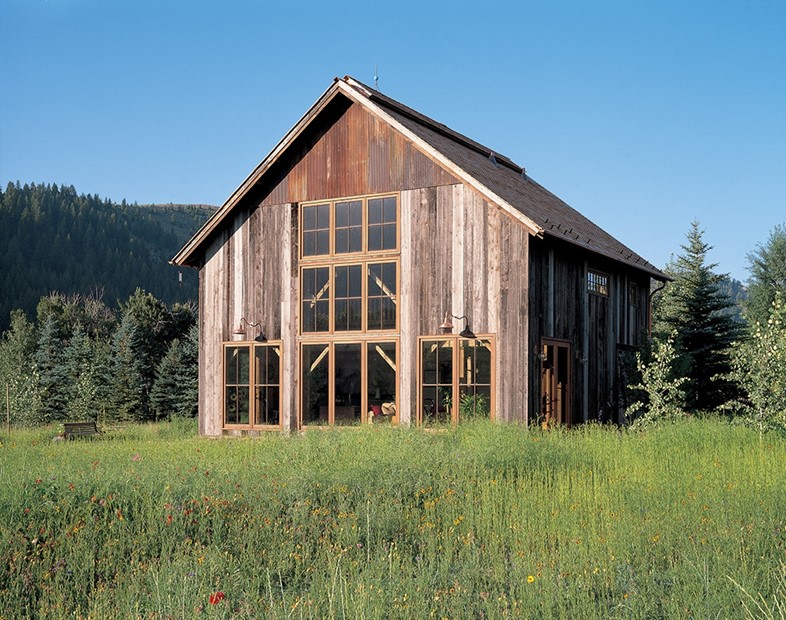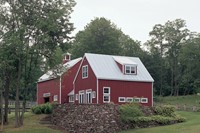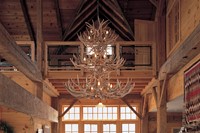A new book from Rizzoli celebrates the evolution of the American barn, from its earliest form to its modern reappropriation
Architectural icons of the traditional agricultural landscape and synonymous with Americana, barns have become vulnerable to the changing circumstances that have eclipsed the rural world of which they are emblematic. Left to decay (“Behind the porticoed house of a long dead farm they found the falling down timbers of a spooky old barn”, Tom Waits sang in his 2004 album Real Gone), thousands of barns are lost every decade while – luckily – on the other hand some of them are refurbished and painstakingly maintained.
"Barns have become vulnerable to the changing circumstances that have eclipsed the rural world of which they are emblematic"
In their new book Barn: Preservation and Adaptation, The Evolution of a Vernacular Icon, barn historians and preservationists Alexander Greenwood, Elric Endersby and David Larkin celebrate the evolution of this quintessentially American construction from the country’s earliest days. The European tradition of the barn came to the New World with its first settlers, and soon it morphed into wholly American forms adapted to the local agricultural landscape and the pioneers’ sense of community. For it was a place of work – a space rubbed by livestock and worn by labour, filled with the pungent odours of hay, oil and flesh. Each farmer had his own barn, often built with the shared labour and expertise of his family and neighbours. The constructions were regularly employed as venues for local dances and as commercial spaces to sell the produce of the farm. With a cigar box for change, such ventures began with the simple sale of fresh milk, eggs and seasonal vegetables. Customers were neighbours and passersby. Soon, entrepreneurs and promoters realised the potential of the broad, blank walls of roadside barns for advertising. Soon, farm boys were given free tickets in exchange for pasting circus posters on the building walls (and so began the history of American advertising).

Following the Second World War, as small-scale agriculture and cooperatives declined in favour of giant dairy farms and huge fields of competitively marketable crops, the structures were abandoned to insistent weather damage or simply destroyed by land speculators. Artists, though, were quick to recognise their value and started converting them into secluded countryside studios, galleries or living spaces. Soon sculptors, writers, bookbinders, antique dealers and musicians followed, giving new life to barns and encouraging their preservation as national treasures all across America. Today, as communities increasingly rally around the conservation of specific structures, states like New York, Vermont, Michigan and Wisconsin have set up coalitions to save the barns that survive.
Barn: Preservation and Adaptation, The Evolution of a Vernacular icon is now available from Rizzoli.
Text by Marta Represa



